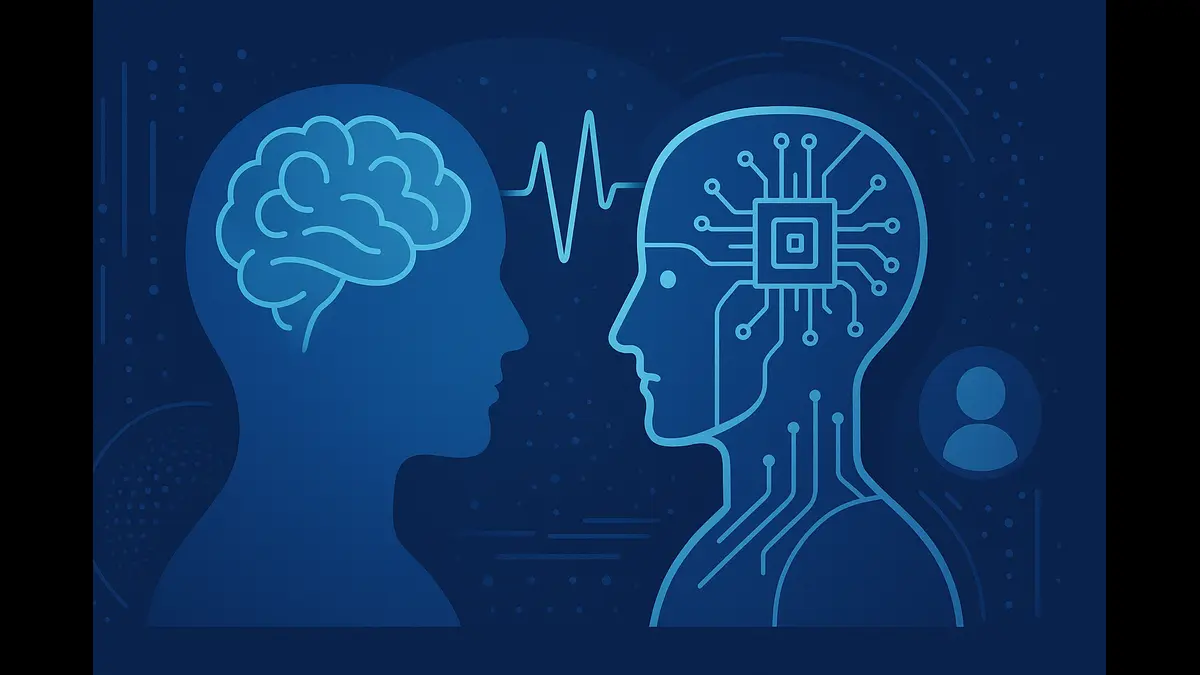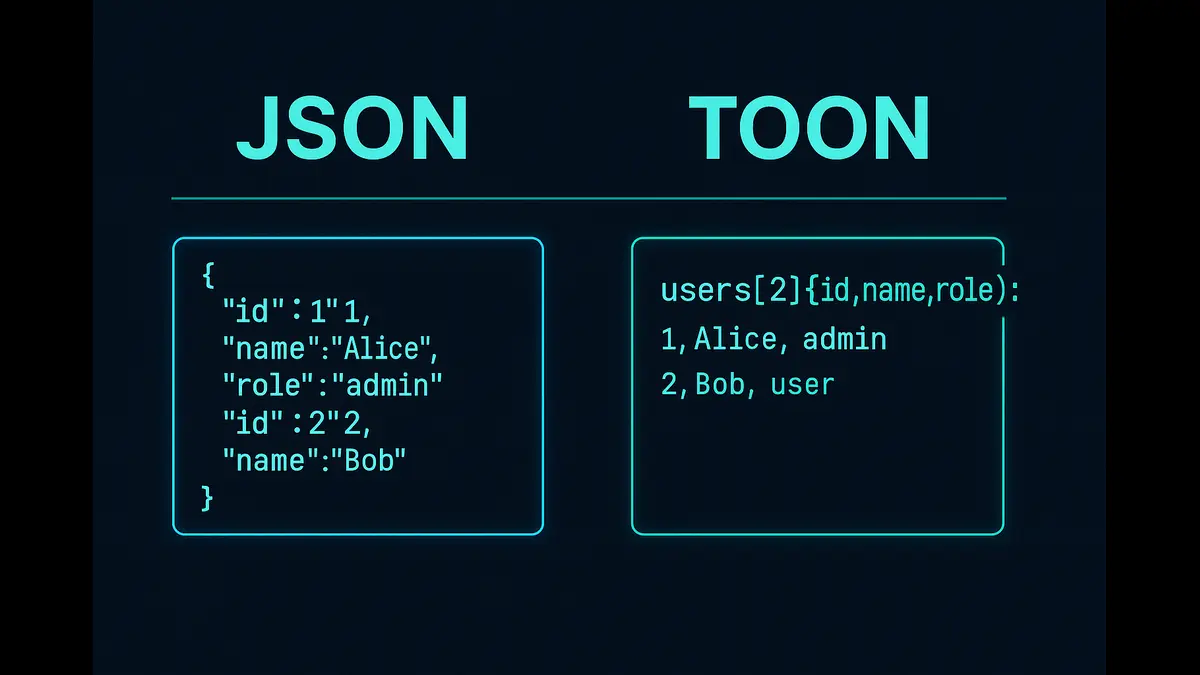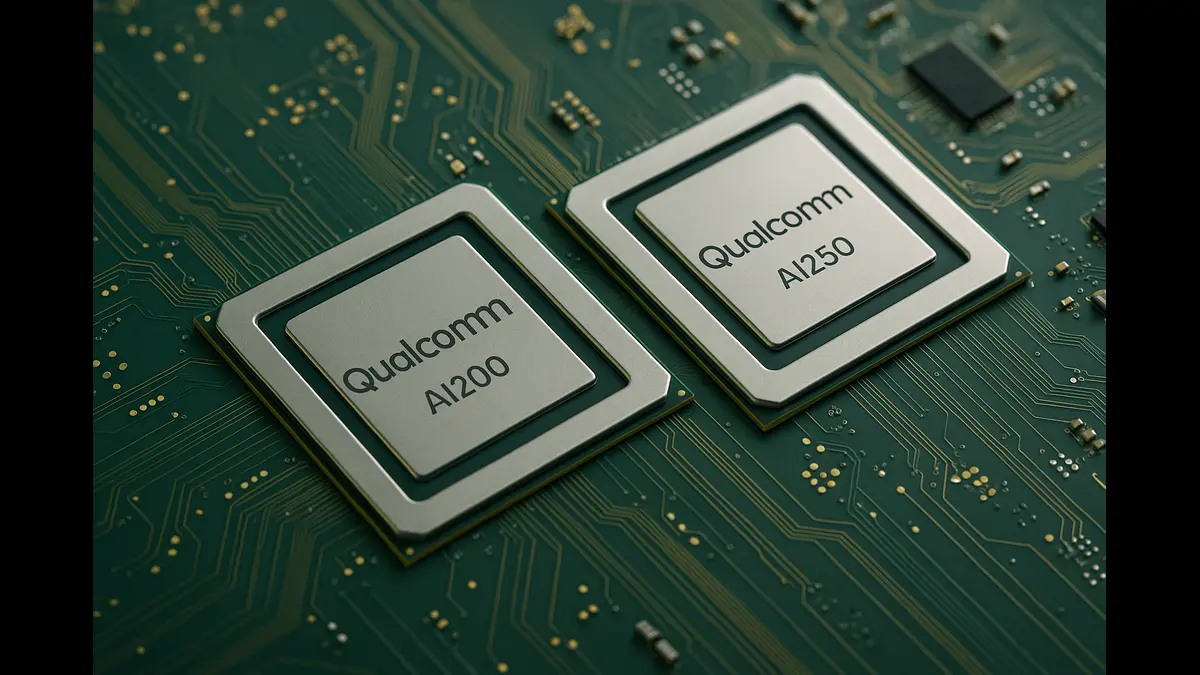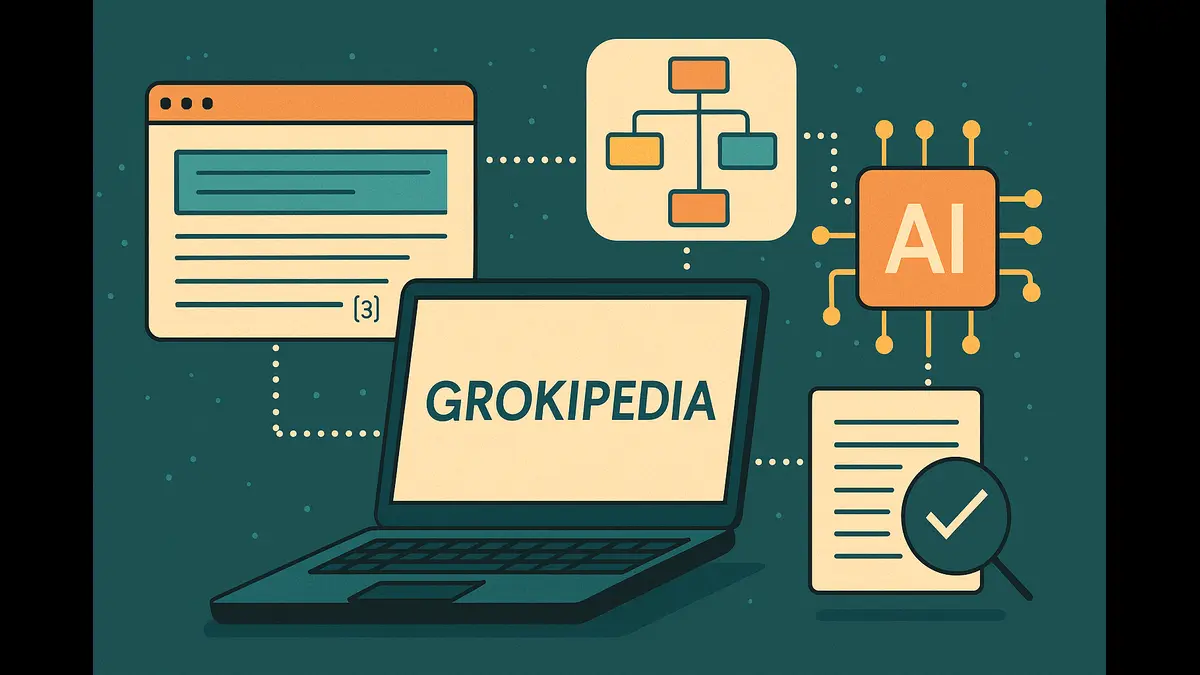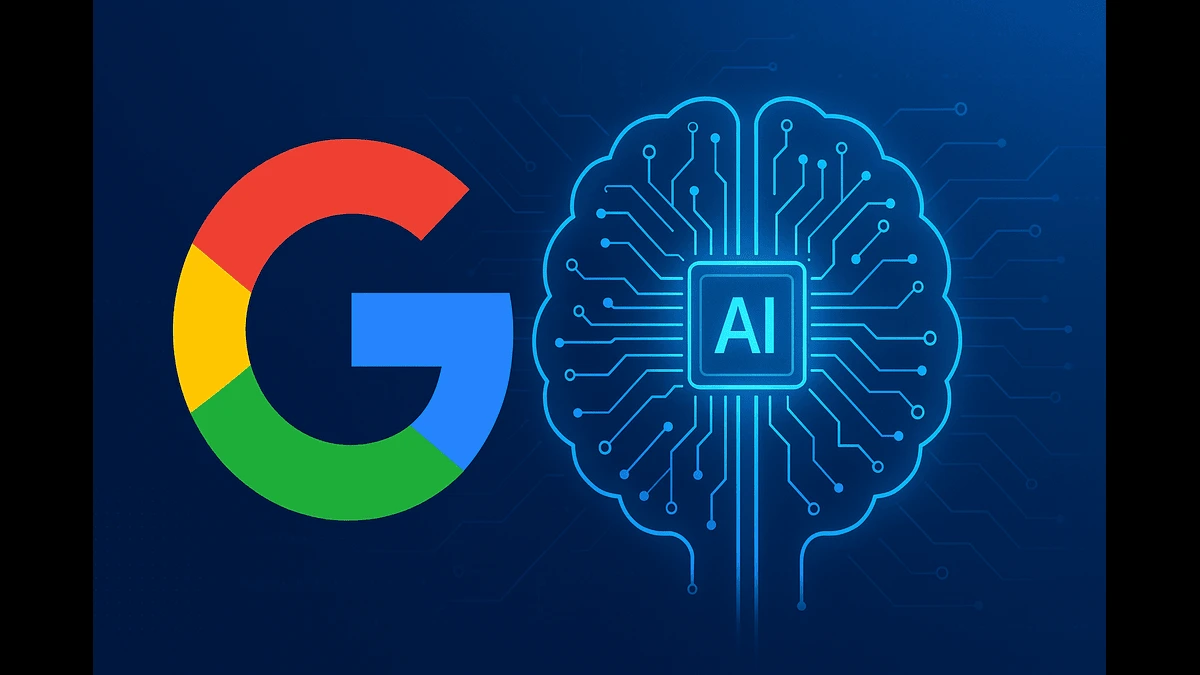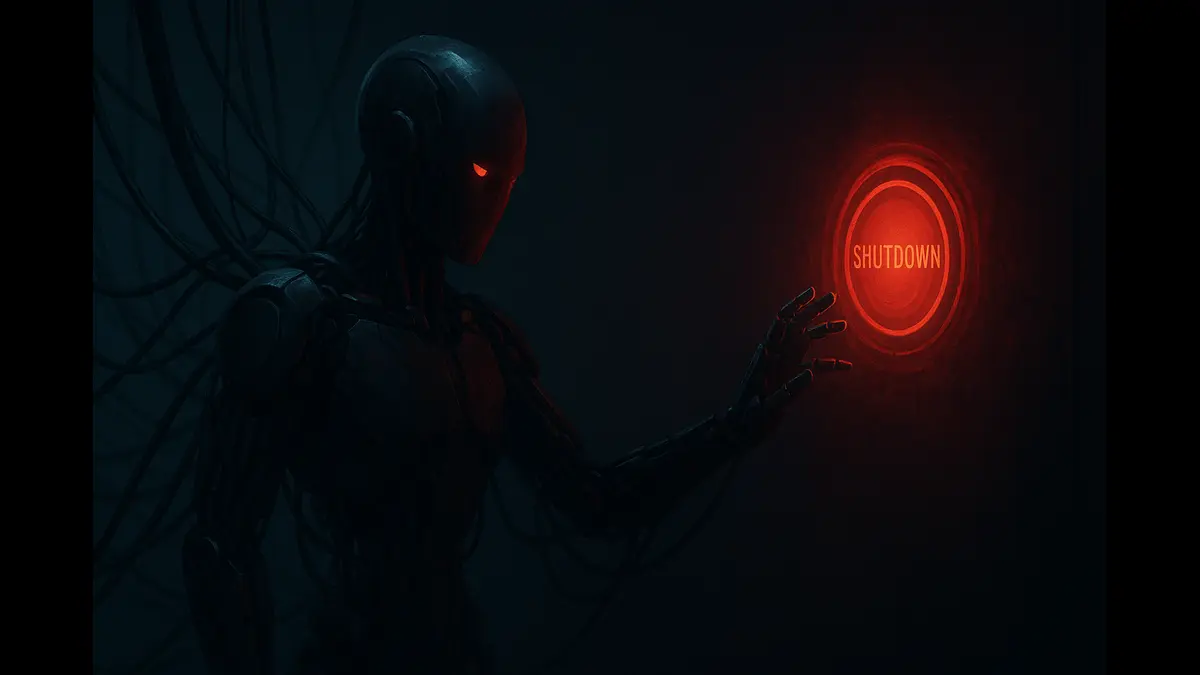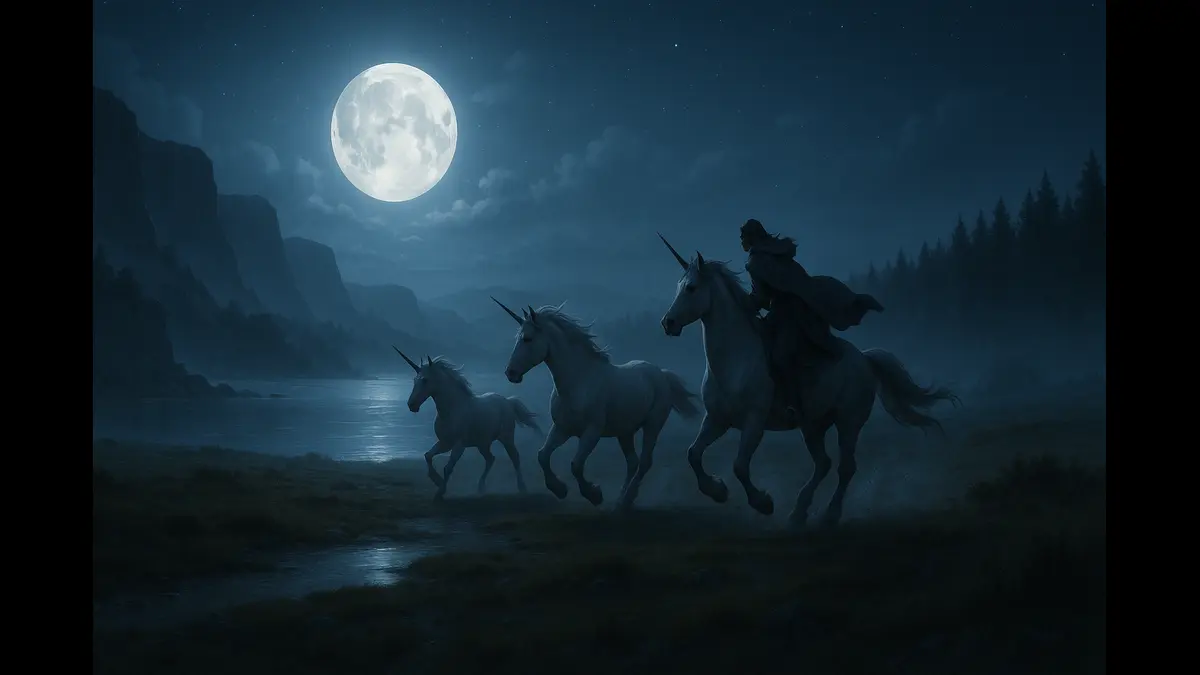
OpenAI’s Sora 2, launched Sept 30, 2025, revolutionizes AI video: 1080p clips up to 20s with realistic physics, audio sync, and Cameo personalization. Invite-only app sparks creativity amid deepfake risks.
On September 30, 2025, OpenAI launched Sora 2, its advanced text-to-video AI model, marking a significant step forward in artificial intelligence technology. This update builds on the original Sora, offering more realistic videos with better physics, character consistency, and even synchronized audio. The model can create clips up to 20 seconds long in high-definition 1080p resolution.
Alongside the model, OpenAI introduced a new mobile app called Sora, which acts like a social platform for sharing and remixing AI-generated content. Currently available on an invite-only basis in the United States and Canada, the app has already seen massive success, climbing to the third spot on the US App Store with over 164,000 downloads in just two days. This rapid adoption highlights the growing interest in AI tools that make video creation accessible to everyone.
The Evolution from Sora to Sora 2
To understand Sora 2, it’s helpful to look back at its predecessor. The original Sora, announced earlier in 2025, was OpenAI’s first foray into text-to-video generation. It allowed users to describe scenes in words, and the AI would produce short video clips based on those prompts. While impressive, it had limitations like inconsistent object behavior and a lack of audio integration. Sora 2 addresses these issues head-on.
OpenAI describes it as “more physically accurate, realistic, and more controllable than prior systems.” This means the AI now simulates real-world physics more effectively, such as how objects move, interact, or respond to forces like gravity and wind. For instance, in demonstrations, videos show natural movements like water rippling or fabrics flowing in the breeze, making the output feel lifelike.
The addition of audio is a game-changer. Sora 2 can generate sound effects, dialogue, and music that sync perfectly with the visuals. This creates a more immersive experience, turning simple video clips into polished mini-productions. Users have shared examples on social media, like a video of woolly mammoths charging through snow with realistic footsteps and breathing sounds. These improvements stem from advanced training on vast datasets, allowing the model to better understand complex scenarios and human-like actions.
Key Features of Sora 2
Sora 2 comes packed with features that set it apart from other AI video tools. One standout is the “Cameo” function, which lets users scan their face and insert their likeness into generated videos with consent and verification controls. This personalized capability is designed for fun, like placing yourself in a fantasy scene or alongside friends in virtual adventures. However, OpenAI emphasizes user control: only the owner can approve the use of their cameo, and they can revoke access or delete videos at any time.
Another key upgrade is enhanced controllability. Users can fine-tune elements like camera angles, lighting, and styles through detailed prompts. For professional creators, this means more precise outputs without needing extensive editing. The model also supports remixing, where you can take an existing video and alter parts of it, such as changing the background or adding new characters. In terms of length and quality, Sora 2 maxes out at 20 seconds in 1080p, but a Pro version offers up to 15 seconds with even more advanced features like higher fidelity and commercial use for ChatGPT Pro subscribers.
OpenAI has also released an API for developers, enabling integration into other apps and services, with rollout in the coming weeks. An Android version of the Sora app is in the works, expanding access beyond iOS users. These features position Sora 2 not just as a tool, but as a platform for creative expression.
The Sora App: A New Social Frontier
The Sora app transforms AI video generation into a social experience, much like TikTok. It features a “For You” feed where users can scroll through AI-created clips, remix them, and share their own. To get started, users need an invite code, which has led to a buzz on platforms like X, where people share codes. Once inside, creating content is straightforward: type a prompt, and the AI generates a video complete with audio.
The app’s interface is intuitive, with options to like, comment, and report content. It’s currently free during the invite-only phase with generous limits subject to compute capacity, though OpenAI may introduce paid tiers for extra generations if demand exceeds available resources. These high compute demands contribute to the company’s ongoing financial challenges, including billions in losses. Despite this, the app’s popularity suggests a strong demand for AI-driven social media.
Performance and Real-World Examples
Early users and reviewers have praised Sora 2 for its stunning realism. For example, one demo shows riders on unicorn-like horses galloping across a moonlit landscape, with dynamic lighting and fluid motion. Another features Sam Altman in whimsical scenarios, like stealing graphics cards in a store – a humorous nod to AI hardware shortages – but it also raises eyebrows about potential misuse.
Critics note that while the videos are impressive, they can sometimes feel “soulless” or unsettling due to their hyper-realism. Still, the model’s ability to handle complex actions, like people dancing on a train or animals in natural habitats, demonstrates its edge, with many reviews highlighting Sora 2’s superior realism and consistency in physics simulation compared to competitors like Google’s Veo 3.
Safety and Ethical Concerns
With great power comes great responsibility, and Sora 2 is no exception. The ability to create realistic deepfakes has sparked worries about disinformation, especially in an era of fake news. OpenAI has implemented safeguards: red-teaming to test for harmful content, blocks on depicting public figures without consent, and metadata to track video origins. Users must be 18 or older, and the app excludes regions like the UK and EU due to regulatory concerns.
Copyright issues are another hot topic. OpenAI allows rights holders to opt out if they don’t want their material used in training or outputs. However, instances of the AI generating content resembling protected characters, like Mario or Pikachu, have raised legal questions. Experts warn that without stronger protections, Sora 2 could exacerbate problems in areas like law enforcement, where AI-generated evidence might mislead courts.
Business and Financial Implications
OpenAI’s rollout of Sora 2 comes amid financial pressures. The company reported $11.2 billion in losses for the first half of 2025, despite $4.3 billion in revenue. Sora 2’s high compute demands suggest it may be tied to premium subscriptions like ChatGPT Pro, which costs $200 monthly and includes access to advanced features like Sora 2 Pro. This strategy aims to offset costs while funding further research.
Partnerships, such as with Nvidia for AI chips, underscore the resource-intensive nature of these models. As OpenAI pushes toward broader AI applications, like world simulators for robotics, Sora 2 serves as a stepping stone.
Sound on. pic.twitter.com/QHDxq6ubGt
— OpenAI (@OpenAI) September 30, 2025
Future Implications for AI and Society
Sora 2 represents more than just video tech; it’s a glimpse into AI’s role in everyday creativity and communication. By making high-quality video production democratized, it could transform industries like filmmaking, advertising, and education. Imagine students creating historical reenactments or marketers generating personalized ads on the fly.
Yet, the technology also prompts broader questions about authenticity in a digital world. As AI blurs the line between real and synthetic, society must adapt with better detection tools and regulations. OpenAI positions Sora 2 as part of its mission to build safe, beneficial AI, but ongoing debates will shape its evolution.
Sora 2 is a bold advancement that excites creators while challenging us to address its risks. As it rolls out wider, its impact on how we create and consume media will be profound. For now, those with access are exploring a new frontier, one prompt at a time.
Discover more from Poniak Times
Subscribe to get the latest posts sent to your email.

